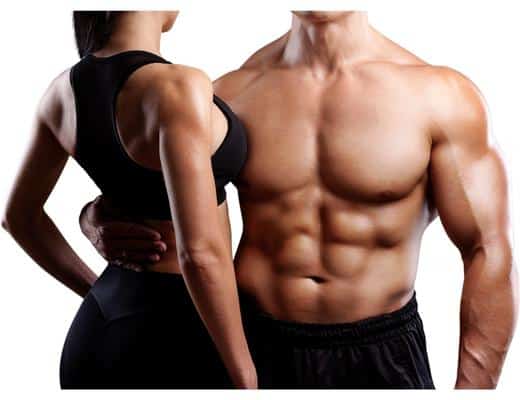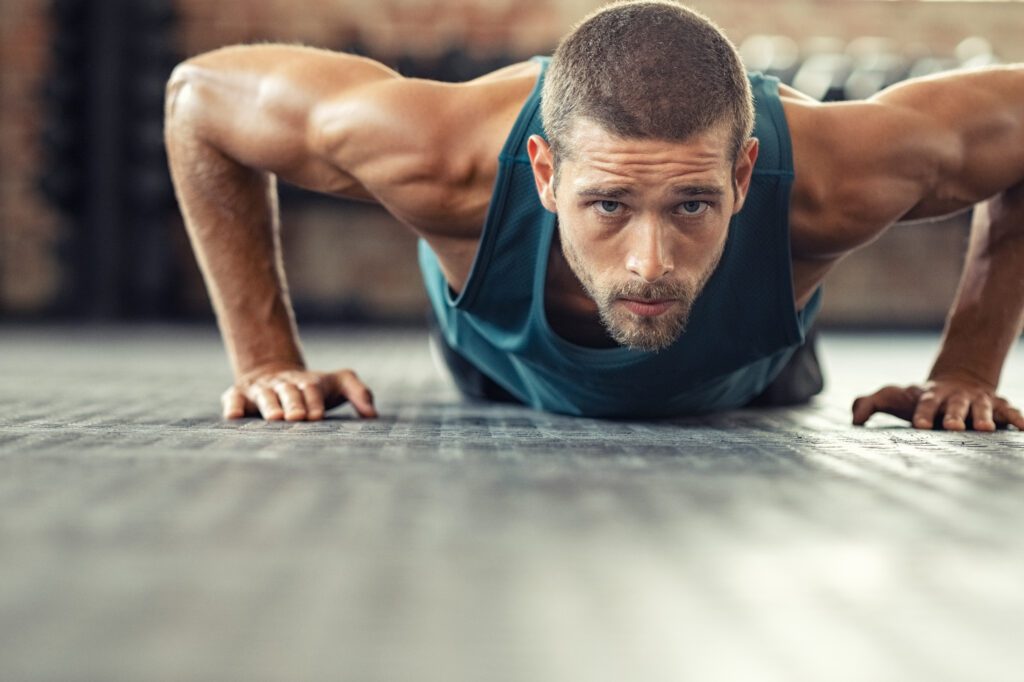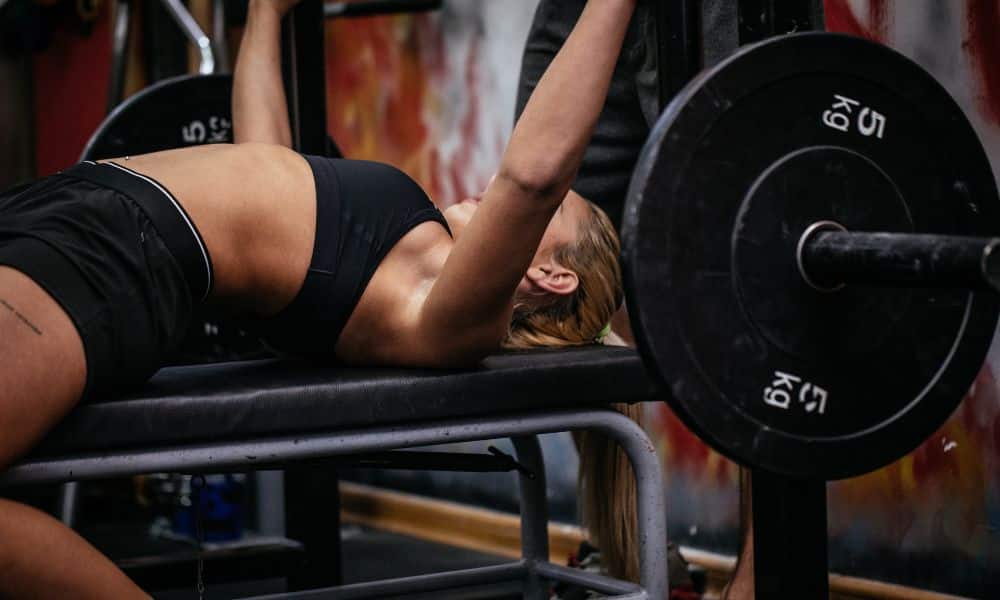Wait! What? You are telling me rest and recovery grow a bigger chest. This is a common query of people, especially beginners. Why? Because people have a misconception that they need to exercise and exercise if they want to grow a bigger chest.
However, reality says something else and is completely different. The old saying, no pain, no gain is real but with some change. Now with pain, you need to rest properly to gain something.
Therefore, all professional bodybuilders suggest having proper rest and recovery periods. Anyone who understands the basics of chest workouts and anatomy knows the importance of rest and recovery to build chest muscles.
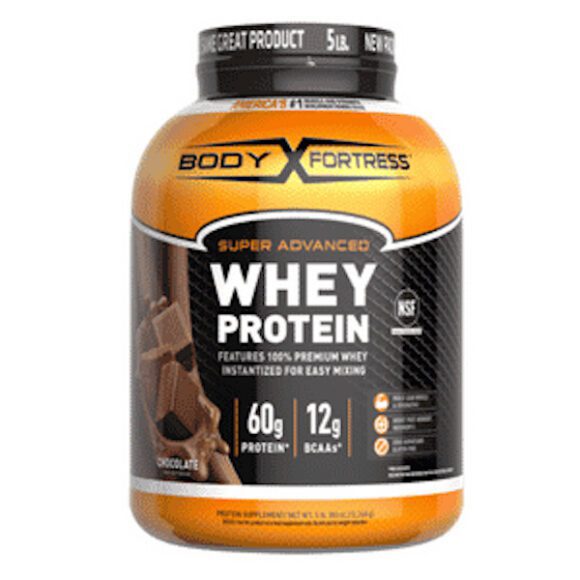
Rest and recovery between exercises and after a workout
Now there is a smart concept instead of training hard to get maximum results with minimal performance. Therefore, when planning your workout plan, you leave time for your muscles to rest and recover.
During the rest period, your muscles grow, not during training, as you might think. However, how much rest you need depends on factors like:
- Your recovery capacity
- Length of training
- Intensity of training
- Types of efforts
- And the aim of the training.
- Nutritional habits

Phases of rest and recovery needed to build a bigger chest:
There are three phases of rest and recovery that a body requires after an intense chest workout. That means you must rest between sets or exercises immediately after training and 48-72 hours after exercise.
Rest and Recovery In Between Lifts: Don’t think there is no need to rest when lifting or exercising. If you overstress your body, it will strain your muscles. Thus, have 30 to 90 seconds of rest between sets during exercise.
Rest & Recover After Exercise: There are two rest phases after a workout. One that called for an immediate rest after a heavy workout. Take at least 2 to 4 hours of rest immediately after exercise. And the other phase called for a rest after 48 to 72 hours. This means taking a break from your workout after 2 or 3 days of training and letting your muscles recover and grow.
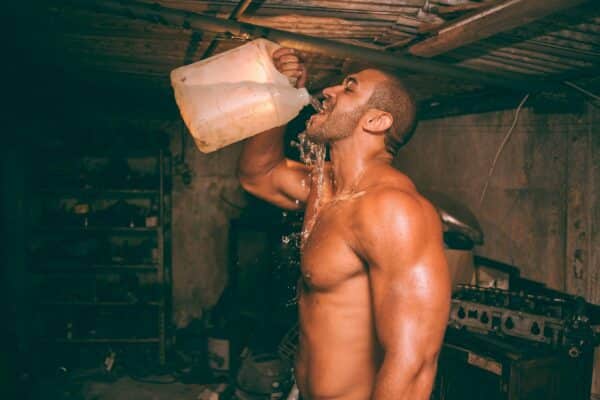
Other rest and recovery activities to build a bigger chest:
Apart from having a rest period between and after a workout, many other essential things you may do to relax your body. These include:
Hydrate Yourself: Make sure you are always hydrated. To many people, it may sound brazen, but it is a critical piece of the puzzle. Not only keep yourself hydrated throughout the day but hydrate yourself, especially after a training session.
Stretching: Stretch your body not to increase its flexibility but to relax and recover. Stretching relaxes your muscles, thus preparing them for the next training session.
Take Protein: After an intense training session, your body needs a considerable amount of energy. And the best way to let your body recover and muscles grow is by taking proteins or protein shakes.
Fuel Up: If you want a bigger chest, you must adequately fuel your body. Therefore, eat food that is good for building chest muscles and provides energy.
Sleep: Never underestimate the power of sleep. Nothing can work if you don’t get enough sleep. Your body does repairs when you sleep. Therefore, have at least 7-9 hours of sound sleep daily.
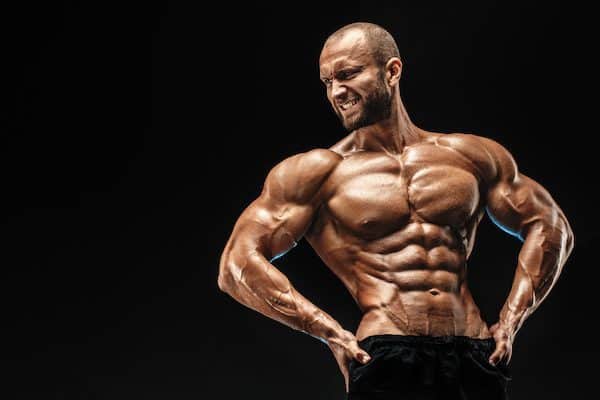
Anatomy of the chest muscles
Anatomy of the chest shows it comprises two key parts or muscles: the pectoralis major, the upper portion of the chest, and the pectoralis minor. We refer to both muscles as pecs.
Major pec is the flat, thick, and fan-shaped originating from the clavicle’s anterior surface, down the sternum, and from the cartilage of ribs. In contrast, the muscle inserts in a small area at the top of the humerus.
A pec minor originates from the upper and outer surface of three ribs and inserts into a bony structure next to the shoulder joint. The primary function of these muscles is to help the upper body in movement.
Exercises for the chest
Once you understand the chest’s structure or state, you understand its anatomy; it is easier to decide which exercises to consider. The critical point in selecting lifts is choosing those that can target each chest section.
You know there are two principal chest parts, upper and lower. Therefore, the best way is to select a combination of lifts that can separately target these parts.
Primary and secondary muscle groups
In our chest, when we look at our body’s anatomy, there are two main types of muscles; primary and secondary. The primary purpose of both of them is similar: to help the body in movement.
The chest’s primary muscles are the leading muscles that allow movements like lifting arms from the side (abduction), front (flexion), and internal rotation like arm-wrestling motion. Besides, their principal goal is to stabilize the scapula. Main primary muscles are:
- Pectoralis major
- Pectoralis minor
The chest’s secondary muscles also help with the movement, but they support primary muscles to function smoothly. The main secondary muscles of the chest are:
- Deltoids
- Triceps
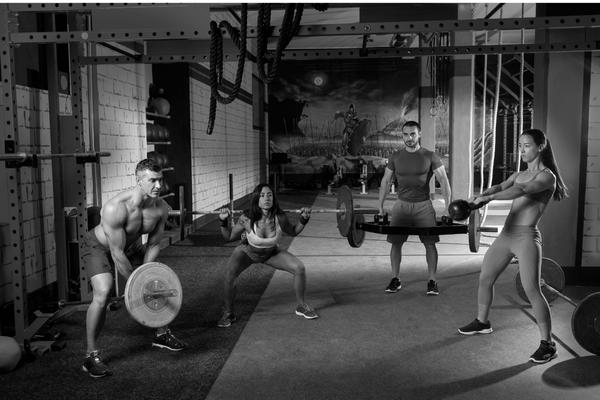
Workout programs
Your workout program includes a combination of lifts or exercises to get a bigger chest. If you stay the course, then there is nothing that can stop you from achieving your dreams. When planning your workout for the upper body, include exercises like bench press, the overhead barbell press, and deadlifts. These are some of the most effective exercises to build width in the upper body.
Combining these exercises will help you get a rounder physique but can also add additional mass because width cannot increase without the extra mass. Besides, your workout should comprise a set of 5 reps, 2-3 times a week.
Try to increase 10 pounds of weight per week through deadlifts and 10 pounds per week through bench press and barbell overhead press. You can use popular workout programs like German Volume and 5×5 training to get a bigger chest.
Last words
Rest and recovery for the chest muscles are necessary for the workout program as they help muscles grow. It is during rest and recovery the chest muscles grow.
So if you rest and recover for a short time, then your chest muscles will only grow for a short time.

